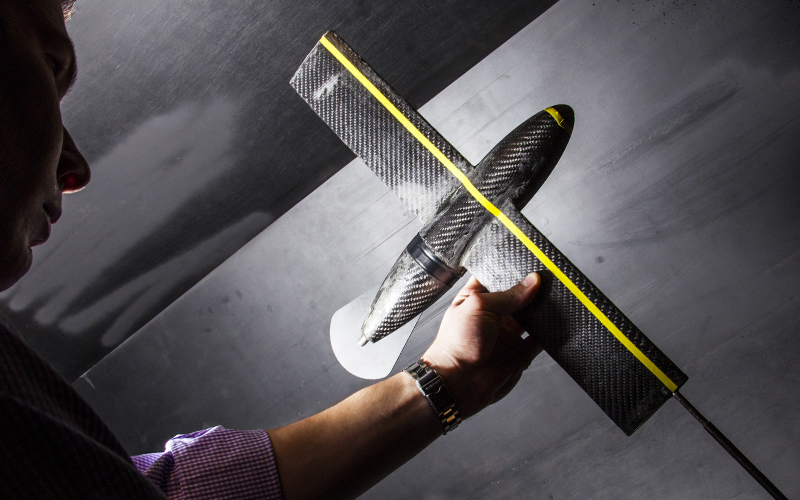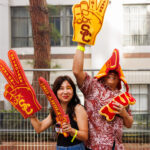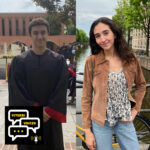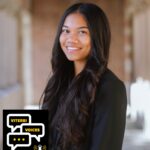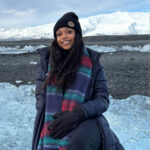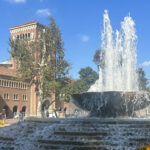My love for aerospace engineering began at a young age.
It started when I joined the Boy Scouts at the local YMCA where I was able to build my own model rocket to launch. The competitive nature of who can build the better rocket intrigued me and captivated my attention in our miniature “Space Race”. Now hooked, every weekend I would pester my parents to take me to a nearby viewpoint where I would watch RC plane enthusiasts showcase their creations in the sky. I was inspired to build my very own model plane, something I continue to invest time in. I began to research more about the relationship between math, physics, and the aerodynamics of an aircraft, learning how it can effortlessly glide through the air.
I eventually loved discovering Bernoulli’s principle, the Coanda effect, and Newton’s Third Law, just some of many concepts that explain lift and how and why a meticulously crafted airfoil allows for perfect airflow.
In high school, I enrolled in physics classes to further my knowledge on its applications in aeronautics and aviation. It enabled me to explore a variety of physical concepts that were unfamiliar to me. The more I learned, the more I realized physics was also at the heart of aerospace and mechanics. Interested in pursuing more, I sought out and enrolled in ID Tech, a summer program at the University of California, Irvine where I was introduced to programming with Python. Through Python, I explored machine learning and artificial intelligence enabling me to program a computer to respond to a multitude of inputs.
Eventually, I expanded my learning beyond the concepts of flight and computer programming. I became interested in Formula 1 cars, a testament to one of the many applications of physics and aerodynamics. It amazed me how the slightest mechanical change to a Formula 1 car can be the split-second difference between winning and losing for a driver. I loved experimenting with the concepts I learned through projects at home and was ceaselessly amazed to discover the applications of aerospace-related engineering in the world around us. I saw it as an opportunity to expand on the capabilities of what humans can achieve.
In pursuing a career in aerospace engineering, I will be fulfilling a dream that I have been imagining since I was a little boy.

